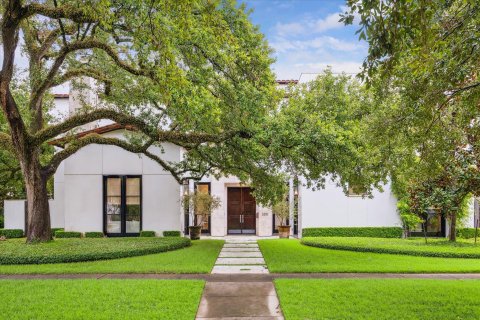Dallas Artistic Legend Ludwig Schwarz Combines Intriguing Abstract Works With a Refreshing Sense of Humor in Latest Show
Viewers Can Expect Cyclops Figures and Sophisticated Color at Conduit Gallery
BY Ericka Schiche //Ludwig Schwarz, "Untitled (2503)," 2025. (Photo by Kevin Todora. Courtesy Conduit Gallery, Dallas)
Ludwig Schwarz doesn’t take himself too seriously. The Dallas-based multidisciplinary artist possesses a unique sense of humor that’s in the same artistic neighborhood as Mark Flood, Richard Prince, Fischli/Weiss, and David Shrigley. His interest in experimentation has fueled his various art projects. Schwarz’s latest show of paintings, Mountain View, is currently exhibited at Conduit Gallery in Dallas through October 4.
In his 2016 exhibition Desktop at Conduit, Schwarz conceptually reimagined the fusion of art and technology by focusing on the idea of a ubiquitous desktop.
“A desktop can be anywhere. In my mind, it’s really just a pivot point,” he wrote in an exhibition text entitled Notes on Desktop. He also states, “…most everything seems to be in a state of indexing, processed, before actual composition, as if the signifier knows its fate and battles for a position in its own past.”
By referencing the fusion of art, technology, and life, Schwarz has joined a list of artists including Keith Haring, David Hockney, Barbara Nessim, Wade Guyton, Kelley Walker, and Cory Arcangel, as well as artist groups such as Groupe Art et Informatique de Vincennes (GAIV) and Experiments in Art and Technology (E.A.T.).

Ludwig Schwarz Challenges the Standard Art Gallery Display
Schwarz is also known for his large-scale, absurdly surreal art installations, which challenge the standard art gallery display. In 2001, Rentown, his version of a Rent-A-Center, appeared at the David Quadrini-founded Angstrom Gallery in Dallas. He also later envisioned a thrift store devoid of realness with his 2012 exhibition at Conduit, titled Taos (Taos Thrift Shop). Schwarz’s sense of humor is evident in much of his work, as he writes in the exhibition notes that “I don’t know a thing or two about Taos” and “Our subtlety can only be matched by your indifference, so effort is the least of our problems.”
By rethinking the purpose of art spaces and later transforming these spaces, Schwarz joins a continuum of artists who have completed similar work. One example: Claes Oldenburg’s 1961 Pop Art installation The Store, later artistically parodied by Elaine Sturtevant in 1967. In 1963, German artists Gerhard Richter and Konrad Lueg mounted a Capitalist Realism (Kapitalistischer Realismus) exhibit utilizing furniture in a furniture store. More recently, British artist Lucy Sparrow built on the concept of a New York City bodega by adding a twist: all the items on sale at the 8 Till Late store were made of felt.
Toying with the idea of a store within an artistic context is part of Schwarz’s embrace of absurdity. He expands the dialogue around what constitutes art and how art is presented beyond the typical parameters.
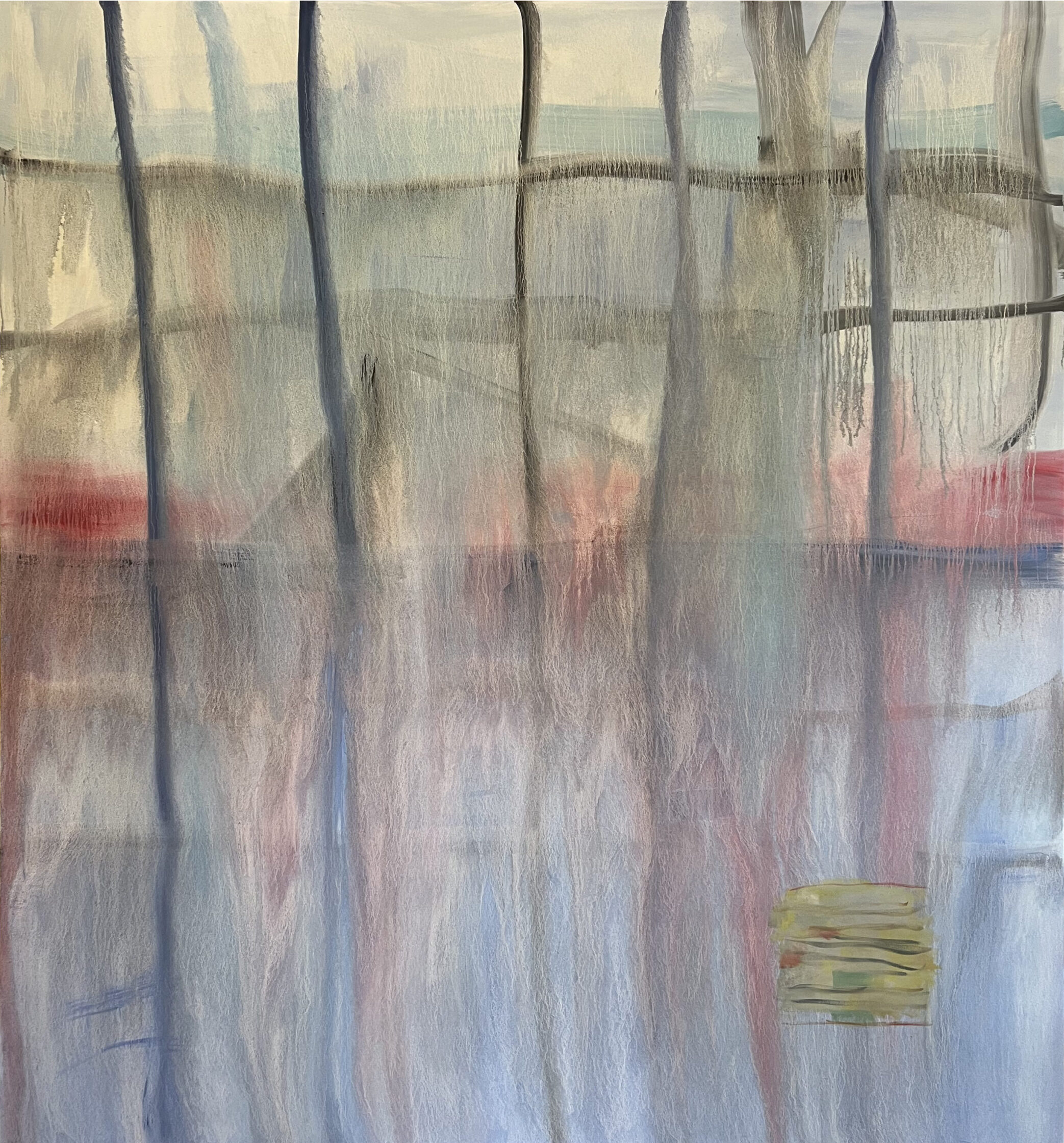
Mountain View
With his current show, Mountain View, Schwarz abandons the mixed media approach in favor of large-scale, mostly abstract paintings. Each of the nine paintings has a distinctive look. The multi-hued background of “Untitled (2502)” consists of white, red, and shades of blue. Its grayish foreground could suggest rain on a window or a kind of melty dystopian scene with atmospheric change. In “Untitled (2504),” a blue and white asymmetrical form is set against a black backdrop, with white oil paint that seems to drip from the form.
The late Dallas Morning News art critic Rick Brettell noticed a Matisse-like quality in Schwarz’s use of color back in 2016. “Schwarz’s oranges, reds, blacks, pinks, beiges, greens, screaming whites, teals and colors with no names are worthy of Matisse in their visual opulence and variety,” wrote Brettell. “One wonders just what tubes of paint many of them come from.”
The complexity of Schwarz’s palette is evident in “Untitled (2401)” and “Untitled (2501).” The former has the busiest canvas, with masterful layering, use of line, and placement of forms, along with a kind of abstract camouflage appearance. The latter has an amorphous quality in the background and a complex assemblage of forms in the foreground. The viscosity of oil paint comes to mind as Schwarz alternates between opacity and a more diaphanous look.
A highlight is “Untitled (2503),” which is dominated by a golden hue and includes various forms and colors: black, green, blue, white, and gray. It stands out within the grouping of paintings at Conduit Gallery.
Also in the exhibition is a set of 54 miniature gouache on linen on panel paintings entitled “Cyclopes (18-54-21-1).” Each of the Cyclopean figures is unique and funny, existing in a zone between campy and quirky. Instead of quoting from Euripides, it’s easy to imagine these mysterious figures as comic book characters closer to the idea of the radioactive Cyclops in Bert I. Gordon’s B-movie The Cyclops (1957).
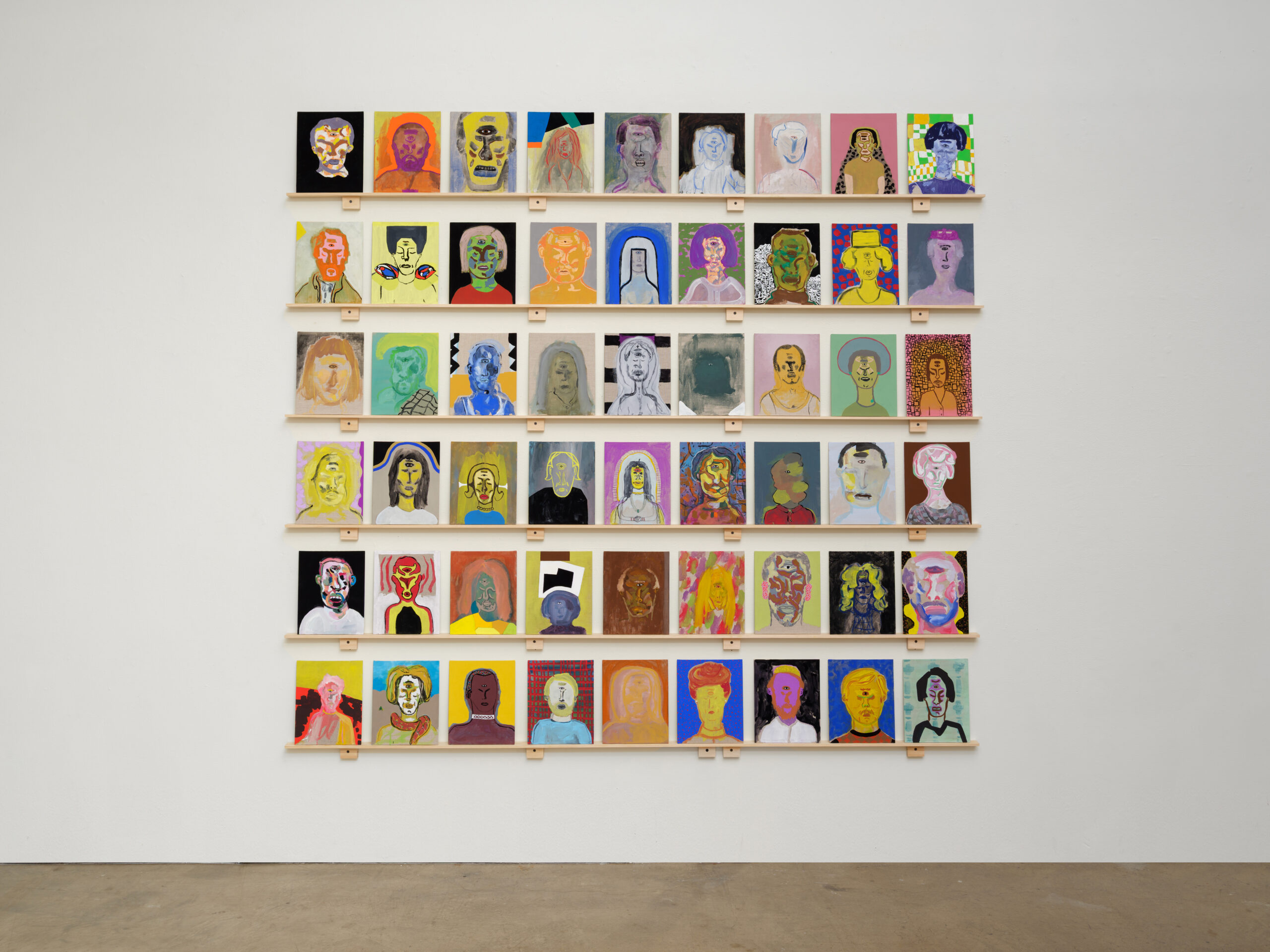
Without the usual Schwarz-penned accompanying text for the exhibit, figuring out the concept behind Mountain View is more up to the viewer. One possibility: perhaps the mountain is more imaginary and not literal, like the one in René Daumal’s unfinished novel Mount Analogue (1952). Or maybe Mountain View is inspired by a real mountain experience.
Another guess is this: the idea that there is no real mountain top when it comes to art, and no true mastery of art either.
Ludwig Schwarz: Mountain View will be exhibited through Saturday, October 4, at Conduit Gallery. Learn more here.



































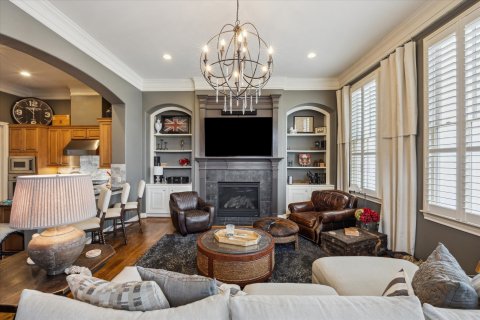

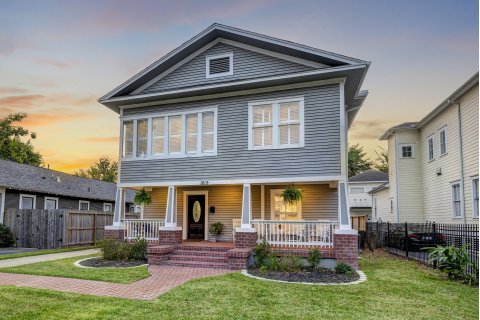



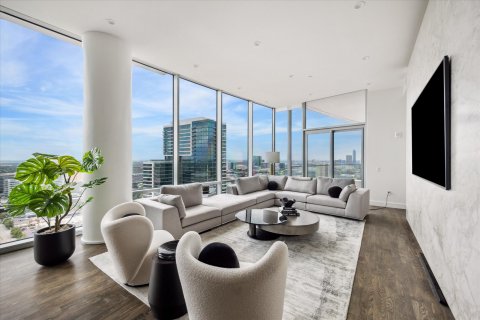
_md.jpg)

_md.jpg)

